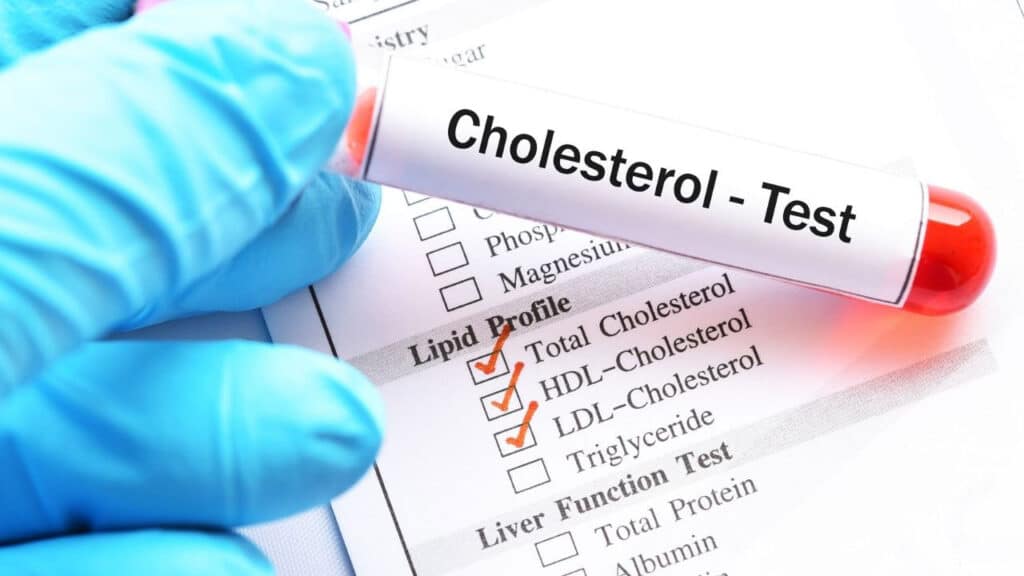It’s an unfortunate truth that as we get older, we’re more likely to see warning signs in our health. High blood pressure. Brittle bones. Arthritis. Dementia. Heart attacks. Strokes. Cancer. It’s an unsettling list.
You might know that cholesterol is another thing that tends to become more dangerous as we age. It becomes harder for the body to clear excess levels of LDL, which is known as the “bad” cholesterol, causing levels to rise. It’s not just age, though. Demographic differences in sex, race and socioeconomic status can also be risk factors, and they’re not things you can change like you can your lifestyle.
Let’s start with age, as that’s the one most talked about. Children are least likely to develop high cholesterol. The current recommendation is that children should have their cholesterol levels checked twice, once between the ages of 9 and 11 and once between 17 and 19. If they’re at risk, such as because they have diabetes or because of their family history, they may need more checks.
Adults may also need to check their cholesterol more often if they have other risk factors, but everyone needs to become more aware when they reach their 40s or 50s. By the time you reach 65 it’s recommended that you receive cholesterol tests every year. There is, however, a difference depending on your sex.
Specifically, while men are more likely to have high cholesterol than women, women do become more at risk when they go through the menopause. Women should also have higher levels of HDL, or good cholesterol, than men.
Then there’s race. Hispanic men tend to have higher LDL than non-Hispanic white men, while non-Hispanic black men tend to fall somewhere in the middle. For women, white women have some of the highest LDL levels, though they’re closer to Mexican-American women. Non-Hispanic black women have the highest LDL amount on average. When it comes to HDL, Asian Americans seem to have lower levels.
Why these disparities in race occur isn’t completely clear. It may have to do with access to healthcare. Black and Hispanic people may be less likely to get their cholesterol checked regularly, which could make it harder to catch it before it becomes more serious and harder to fix.
Understanding demographic differences in cholesterol levels and what causes them may make it easier to provide tailored healthcare.




